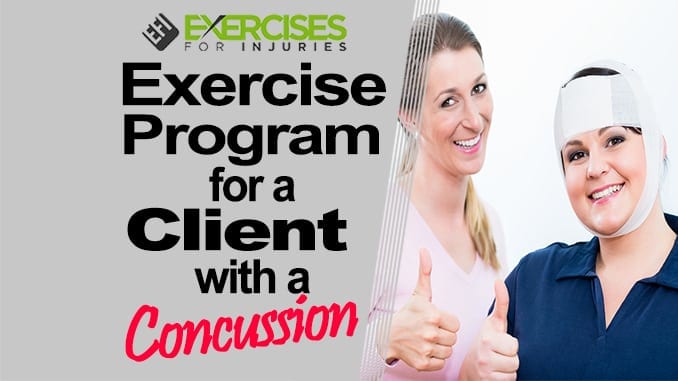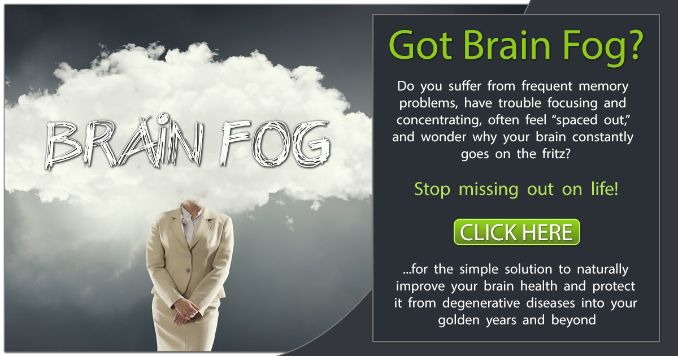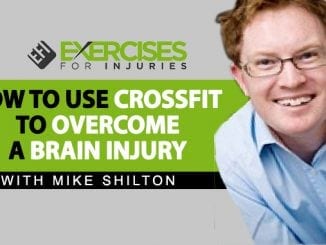
Concussion Exercise Program is needed because a concussion can be caused by a direct blow to the head or a secondary impact to the head, such as whiplash. A concussion is different from other milder forms of head trauma because there are no structural changes in the brain. Instead, it’s thought that a concussion is an alteration in brain function due to a change in neural activity. There are Concussion Exercise Program.
What to do after a concussion?
If you think you’ve experienced a concussion, the first thing to do is see a doctor and then follow their instructions. After a trauma, the brain is more susceptible to minor infections, and it’s essential to take preventative measures to avoid complications. It’s important to keep the injured site clean and prevent activities that would cause you to increase internal pressure, such as straining on the toilet, which can cause internal bleeding. After a concussion, you should avoid strenuous exercise. You should also get enough sleep, be mindful of any dietary changes you may need to make, and prevent activities that may cause additional stress. You should also do some Concussion Exercise Program through the guidance of your Trainor. Additionally, you should avoid using any electronic devices that emit blue light.
I trained a client yesterday that was recovering from a concussion.
It has been a while since I created an exercise regimen for a patient with a head injury. Working in a Medical Rehabilitation Program and an Occupational Rehabilitation Program, I was accustomed to doing so.
Let me highlight a few things you need to keep in mind when training a client with a concussion.
4 Tips to Training a Client with a Concussion
#1 – Monitor their Heart Rate
Monitor the individual’s heart rate to see what heart rate level they can tolerate before feeling concussive symptoms.
At a higher intensity of exercise, the increase in heart rate can lead to more excellent circulation to the head, leading to a rise in concussive symptoms.
Make sure you monitor their heart rate with a heart rate monitor or the electronic read-out on the cardiovascular machine. Have them stay below a heart rate level that brings on their concussive symptoms.
#2 – Length of time in the Gym
Start with a short session and see how they feel after it, later that evening, and the following day.
Often, a concussive client’s symptoms will return after the exercise session. Sometimes it can be a few hours later.
Ask your client to monitor their symptoms after the session. This will give you a good idea if the amount of time in the Gym is too much or too little for them. If their symptoms return, there is a good chance the length of time in the Gym was too long. If the client does not experience symptoms, you can increase the time.
#3 – Minimal Head Movement
I focus on machines at the start because the body is supported; in many cases, the head can be rested on a machine pad.
I avoid supine and prone machines and focus on seated machines. Getting from standing to supine or prone can be difficult for a concussive client. At the start, prevent this movement, but add it in time.
Using a machine or seated exercises on a stability ball limits the head movement and decreases the risk of concussive symptoms.
#4 – Avoid the Treadmill
For someone with a concussion, the treadmill may be way too much.
The mix of signals can bring on concussive symptoms.
I often start with the recumbent bike. It keeps the head in a more neutral position than an upright bike.
Make sure to get them to look ahead, as looking at a TV high on the ceiling can put their head into extension and bring on their concussive symptoms.
I hope these tips will help you with your next client recovering from a concussion.
Let me know your tips for working with a client with a concussion. Several readers work with people who have been in motor vehicle accidents.
What are your tips?
Rick Kaselj, MS





